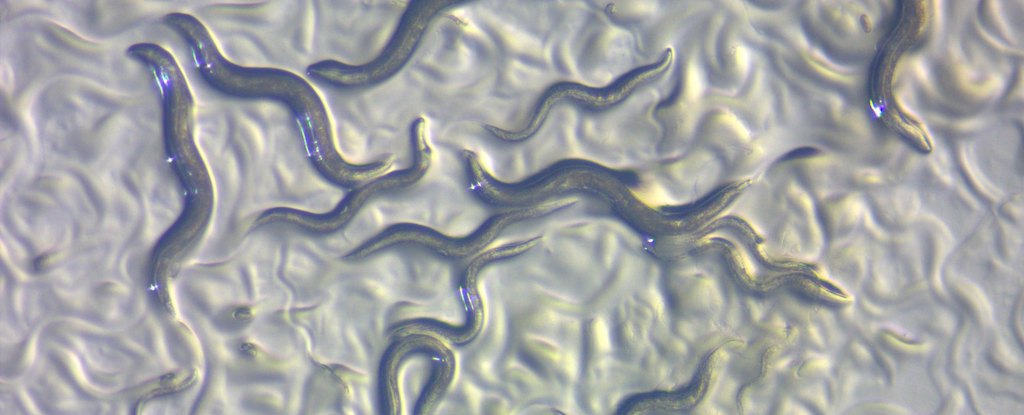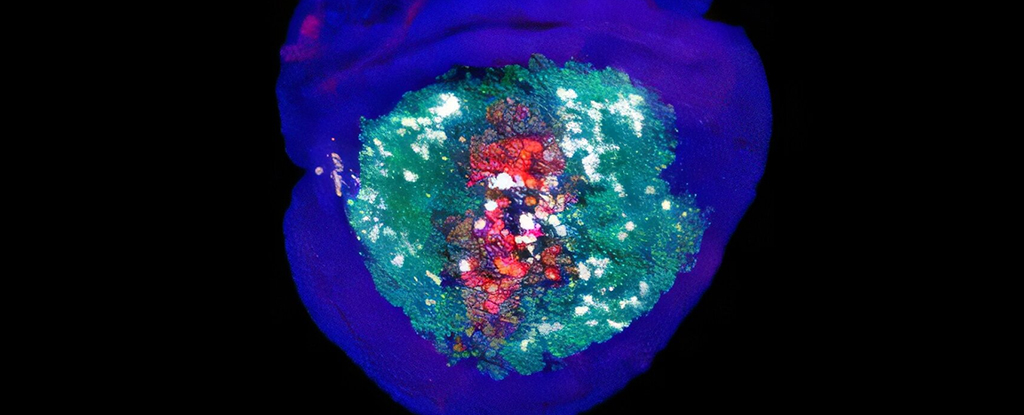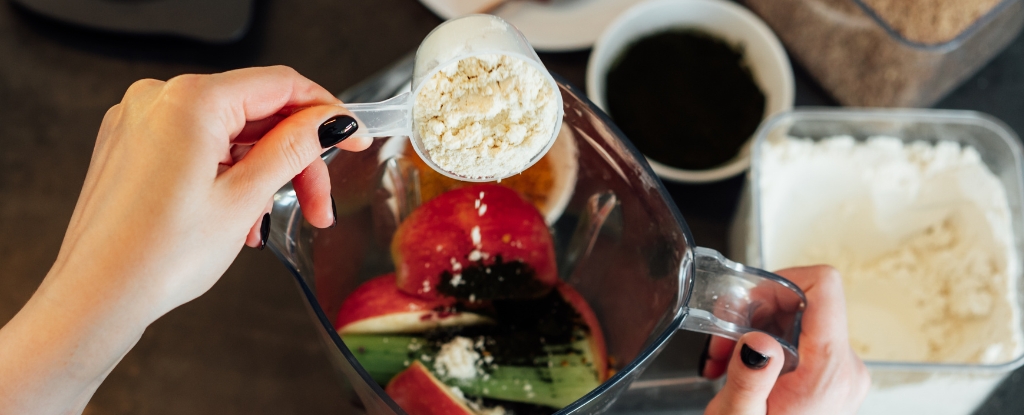ketamine Perhaps it is better known as a recreational drug or anesthetic. However, there is growing evidence that it can be used in people with difficult-to-treat conditions depression.
An Australasian study from today [July 14] showed some positive results for people with treatment-resistant depression when given ketamine injections.
However, we don’t know if these effects last long-term, and there are other ways to administer ketamine. There are other treatment options for this type of depression.
What is ketamine?
Ketamine has been used as an effective remedy general anesthetic for more than 50 years.
It’s also a illegal drug of abuse and is considered psychedelic. Psychedelics dramatically alter some neurotransmitters (chemical messengers) in the brain create a profound change in perception, mood and anxiety.
In early animal studies, ketamine increased levels of certain brain chemicals, such as dopamine up to 400 percent. This prompted researchers to test ketamine on humans to see what would happen in our brains.
Ketamine doses (at lower doses than used as an anesthetic) are now used to relieve treatment-resistant depression. Then someone has tried at least two antidepressants and shows no improvement.
It is usually prescribed under strict conditions and observation that mitigate some serious risks, such as B. Increased suicidal thoughts in some people. Therefore, people need to be assessed and monitored not only during treatment but also afterwards.
However, some doctors have opposed the use of ketamine because of its potential to become a disease drug of abuse.
Ketamine is also used to treat other mental disorders, such as PTSD (Post-traumatic stress disorder).
How about this new study?
The related research several centers across Australia and New Zealand and compared how well ketamine was injected under the skin compared to taking another drug in treating people with treatment-resistant depression.
As part of the study, the 184 study participants were randomized into different groups – some received ketamine, the rest the drug midazolam, twice a week for four weeks. Neither the study participants nor the raters of the results knew who had ketamine and who did not.
At the start of the study, all participants had a clinical depression score of at least 20 (moderate depression) based on a specific scale known as the Montgomery-Asberg Depression Rating Scale.
The researchers then looked for a score less than 11, indicating a transition from depression to remission.
After four weeks, there was a large difference between those treated with ketamine (19.6 percent in remission) and those treated with midazolam (2 percent). Another, less rigorous, way of measuring outcomes is to aim for a halving of depression scores. Here the difference was even larger (29 percent versus 4 percent).
However, four weeks after the end of treatment, there was only limited sustained improvement in symptoms in the ketamine group. This suggests that treatment may be needed over a longer period of time.
There are other options
In the study, ketamine was given by injection under the skin, which is a cheap and efficient option. However, ketamine can also be delivered directly into the bloodstream via an intravenous drip. Neither of these two options are routinely available overseas in Australia and New Zealand clinical trials.
A third option uses a Other form of ketamine and comes in a nasal spray (approved for use in Australia and New Zealand).
Each option provides different amounts of ketamine, and we’ll look at how these actually work and how they compare ongoing.
There are other drug and non-drug options for treatment-resistant depression, too. These include:
In short
The serious consequences of depression include: Suicide or a life of torment. This latest research shows promising results for people whose symptoms are harder to manage. But this option is not yet widely available outside of a clinical study. Only the ketamine nasal spray is approved for use in Australia and New Zealand.
There are other treatments too. So if your current treatment is not working for you, discuss this with your doctor who will explain what other options are available.
If this article raises issues for you, or you’re concerned about someone you know, call Lifeline on 13 11 14. Beyond Blue provides the free resource A guide to helping with depression.
Michael MuskerEnterprise Fellow (Senior Research Fellow/Senior Lecturer), University of South Australia
This article was republished by The conversation under a Creative Commons license. read this original article.





